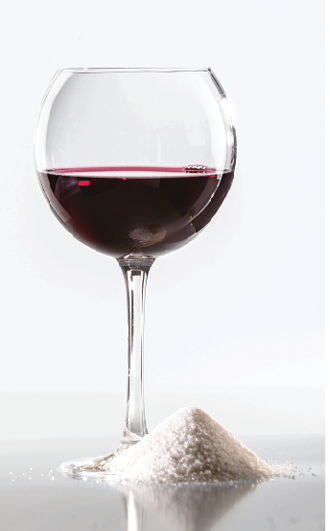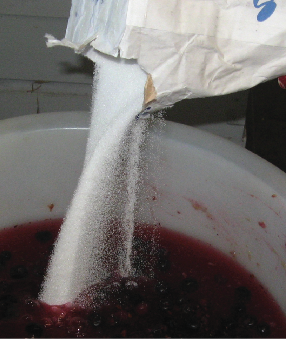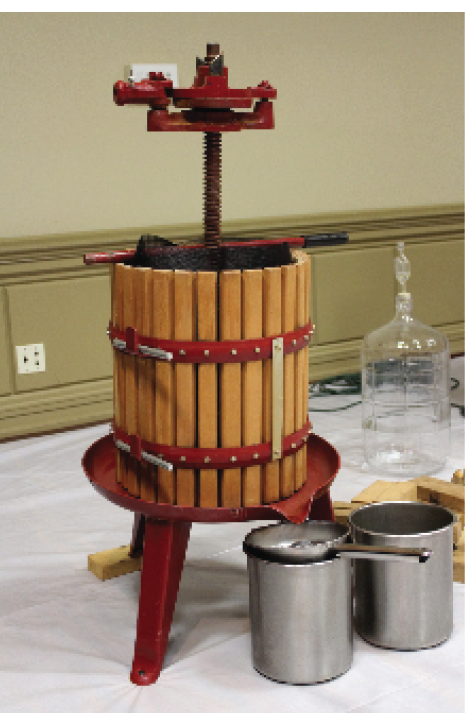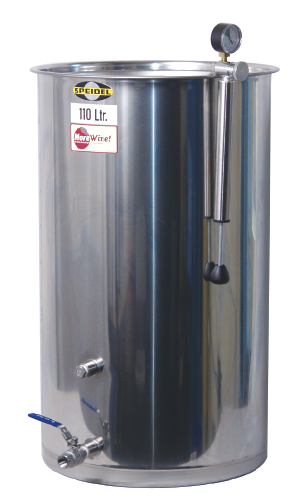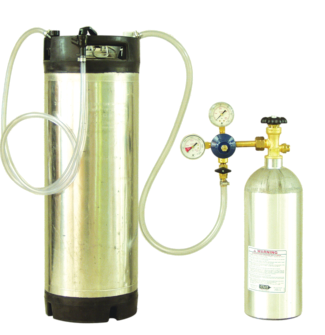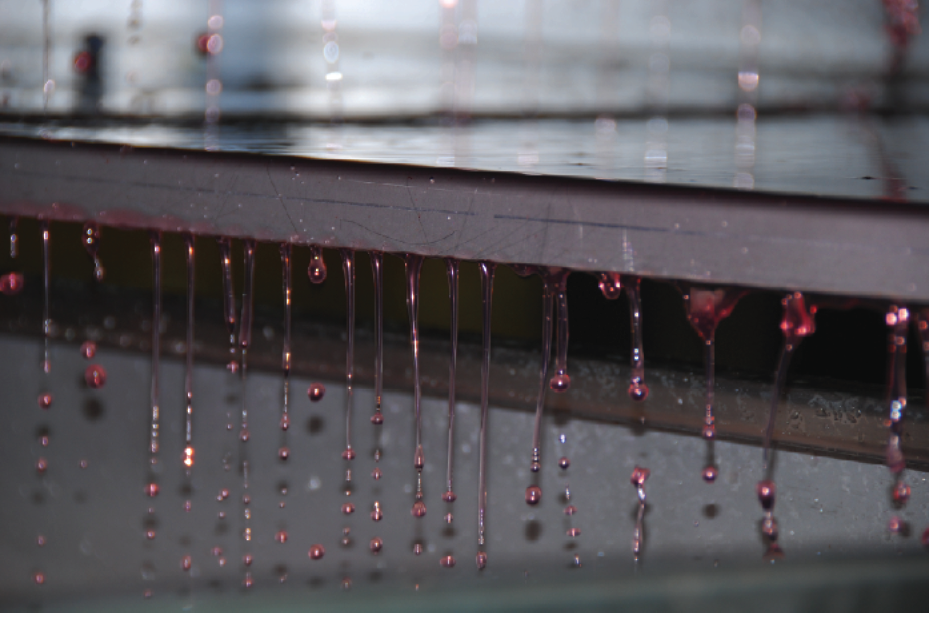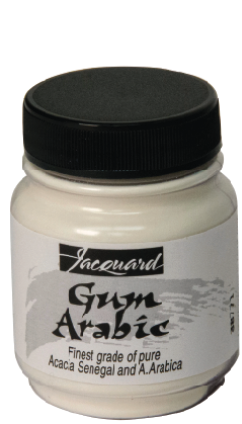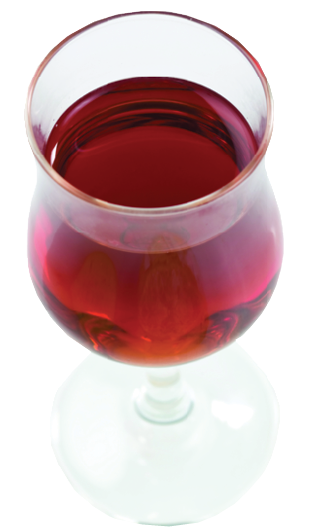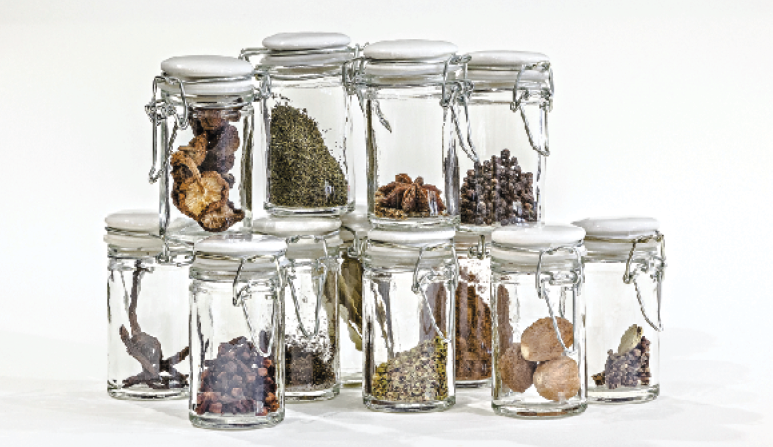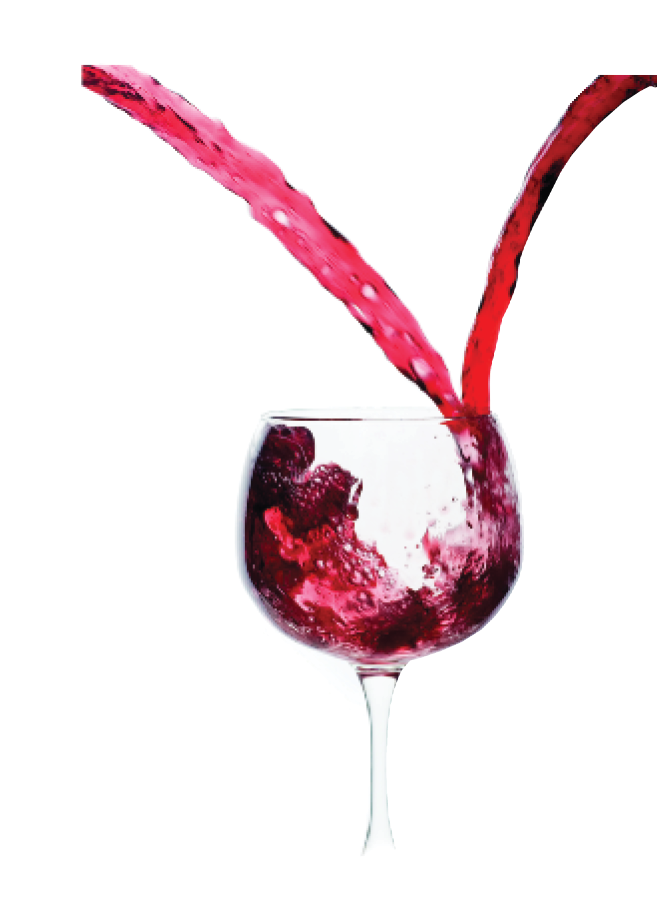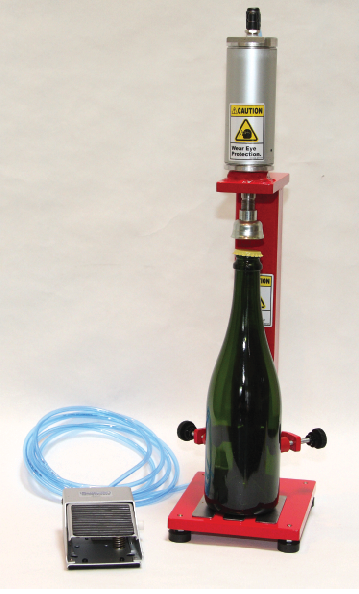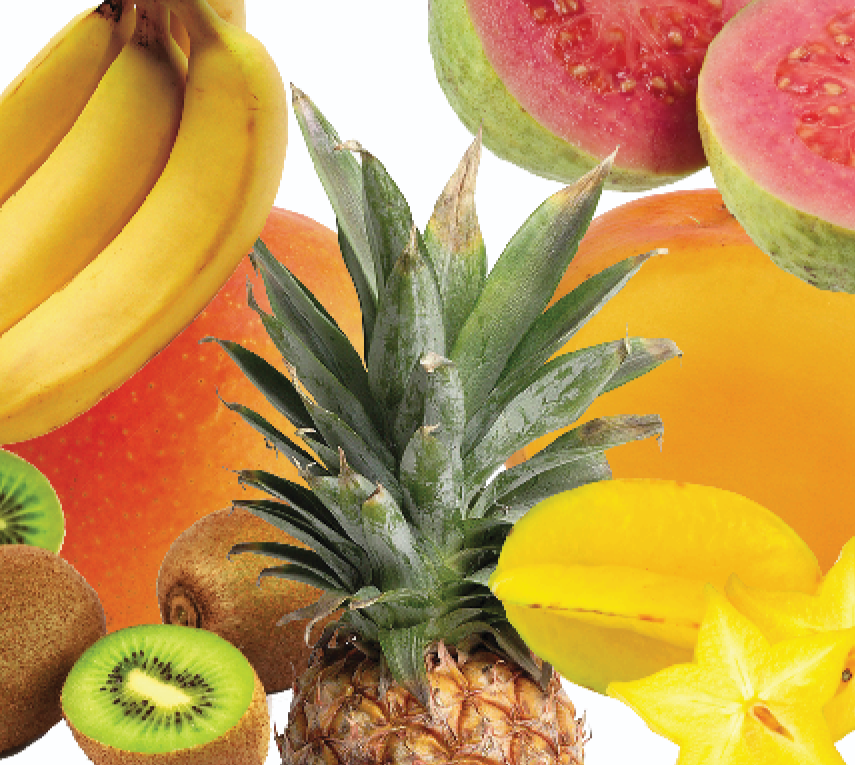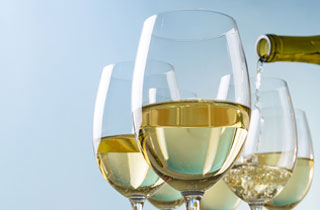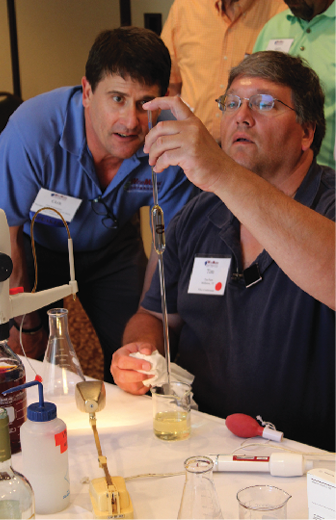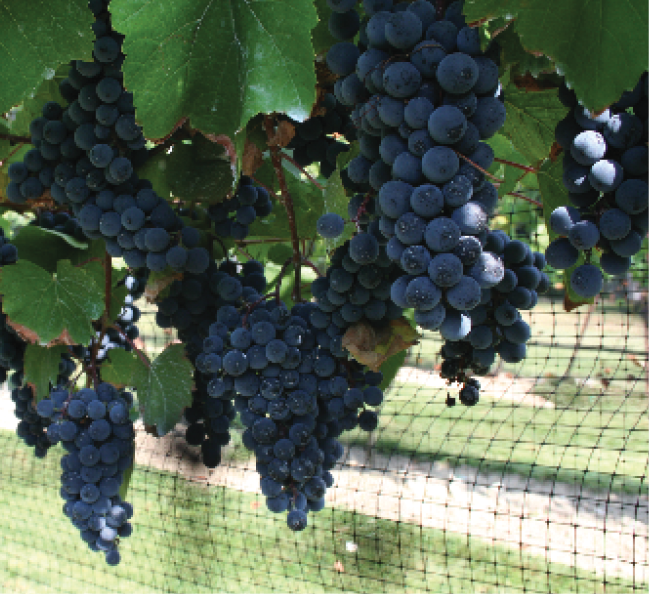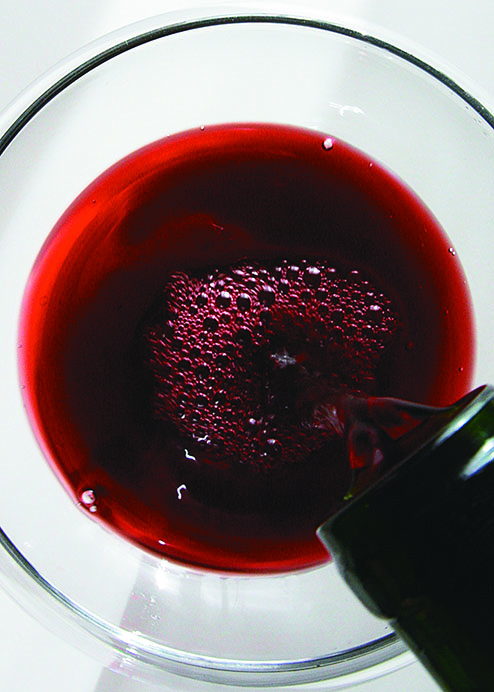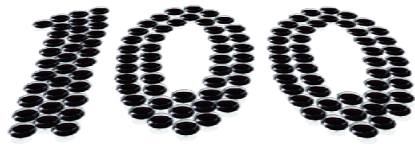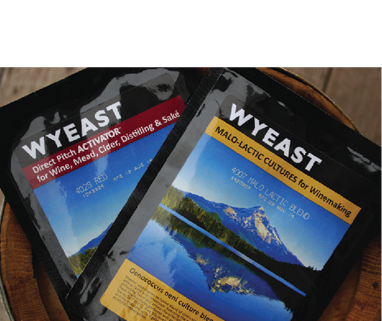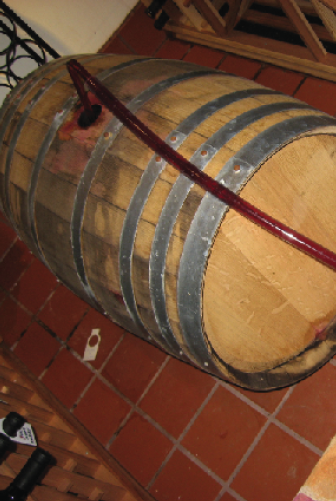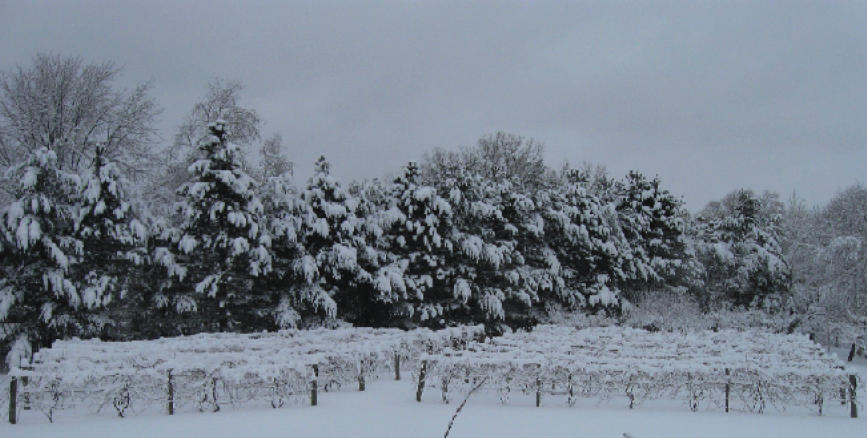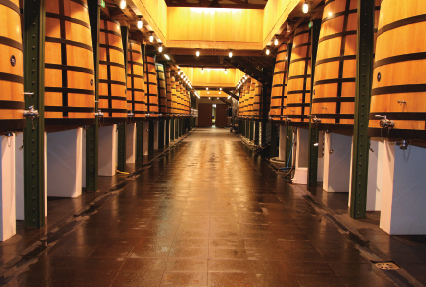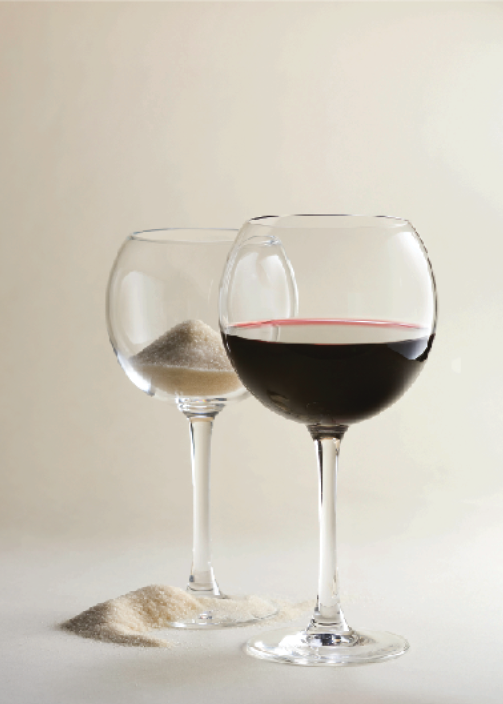Techniques
Back Sweetening Wine Techniques
In ancient Greece and Rome, honey was sometimes stirred into wine just before serving. Maybe they just liked the taste of honey. More likely, though, the sweetness of the honey corrected some
Chaptalization and Fermentation
Jean-Antoine Chaptal lacked one major benefit we enjoy today: The work in microbiology by Louis Pasteur. (Chaptal lived from 1756 to 1832 and Pasteur lived from 1822 to 1895.) Chaptal was, nonetheless,
Making Your First Wine
first wine, beginner winemaking
Using Variable Volume Wine Tanks
Over the past few years I have made larger and larger batches of wine, and as a result the number of carboys I use has really added up. Each year I try
Kegging Your Wine
While kegged wine has become fairly common in some bars, home winemakers still traditionally bottle. Learn some of the basics to kegging your wine.
Whole Cluster Pressing: Tips from the Pros
Whole cluster pressing (foregoing the step of crushing and destemming the grapes) is most often done to make high-end white wines. The technique creates a more delicate and less astringent wine by
Gum Arabic: Winemaking’s Secret Weapon
Gum arabic can do so many great things for your wines, from improving mouthfeel, making a thin wine taste fuller bodied, rounding out rough edges of grape tannins, increasing persistence of bubbles in sparkling wine, prolonging the action of metatartaric acid, to treating iron-induced oxidation problems.
Making Fortified Wine
The word “fortified” is prohibited on commercial wine labels in the United States. Yet we are surrounded by a fascinating array of fortified wines when we visit a good wine shop. Fortified
The Relationship of pH and Acid in Winemaking
Home winemakers know pH and acid are related when they make wine. Beyond that, the details sometimes get a little fuzzy. Shedding some light on how these important parameters are — and
Make Your Own Red Wine Aroma Sensory Kit
An aroma kit will help improve your ability to pick out aromas in a glass of wine. You can buy a kit for over $100, or make your own for a fraction of that.
Award-Winning Red Wine Blends Roundtable
Five top medal winners from the WineMaker International Amateur Wine Competition share the secrets of their red wine blending success.
Build a Champagne Bottle Capper
Recently Brew Your Own magazine did a story about the pneumatic bottle capper that I had built to cap beer bottles. A short time later, I was contacted by WineMaker Magazine asking
Making Tropical Fruit Wine
Tropical fruit obviously are those native to the tropics. While the absolute number of fruit native to that area is disputed, at least 235 — more than twice that of the non-tropics
Making Late Harvest Wines: Tips from the Pros
Late harvest wines are made using grapes affected by the mold Botrytis, which dehydrates the grapes. We’ve pooled advice from three pros with numerous accolades for their dessert wines to help you
Using Outside Labs to Run Analysis Tests on your Wine
There is lots of information out there about how to run various juice and wine analytical procedures at home if you want to do that. If you do not want to run
A Year in a Home Vineyard
Grapevine Dormancy The beginning of the calendar year in my Hyde Park, New York home vineyard is when the vines are in dormancy. This is a period of time when the grapevine
Tannin Additions in Wine Kits
Making kit wines doesn’t have to be only about following directions. Improve your wines by using tannin additions at various stages.
Top 100 Wine Kits 2014
This past April 2014, over 50 experienced judges evaluated a total of 1,460 wine kit entries as part of the 2014 WineMaker International Amateur Wine Competition. This large collection of kit entries
Vineyard Winter Maintenance: Tips from the Pros
All done using their energy to grow shoots, grapes and leaves, vines in the winter begin storing water prior to the first frost and then go into dormancy. That doesn’t mean those
Co-Inoculation with Wine Yeasts and Bacteria
Ask 5 winemakers and you may get 6 opinions about co-inocculation. But what does the science say?
Maintaining a Home Wine Cellar
Here are some tips and suggestions on cellaring your homemade wine and maintaining the cellar itself. The cellar “The cellar” has a wide range of interpretations for home winemakers. If you have
Home Vineyard Extreme Cold Weather Tips
In this article I will discuss the degrees of cold temperature damage that can occur in grapevines, techniques to assess that damage, and ways to increase the likelihood that your remaining live
Oxidation in Winemaking
The early signs of oxidation are orange to brown colors developing in your wine. In white wine, the same exact wine (pictured above) can go from white (left) to brown (right) if
Winemaking Tips from Bordeaux
Bordeaux. The mere mention of the name conjures up images of centuries-old chateaus, pristine vineyards and superlative wines that have set the highest standards the world over. Bordeaux wine styles are the
Adding Sugar to your Wine
Step 1: Measuring What You Have The first step in figuring out how much sugar to add is to find out how much is present in the starting material/juice. These days, most
